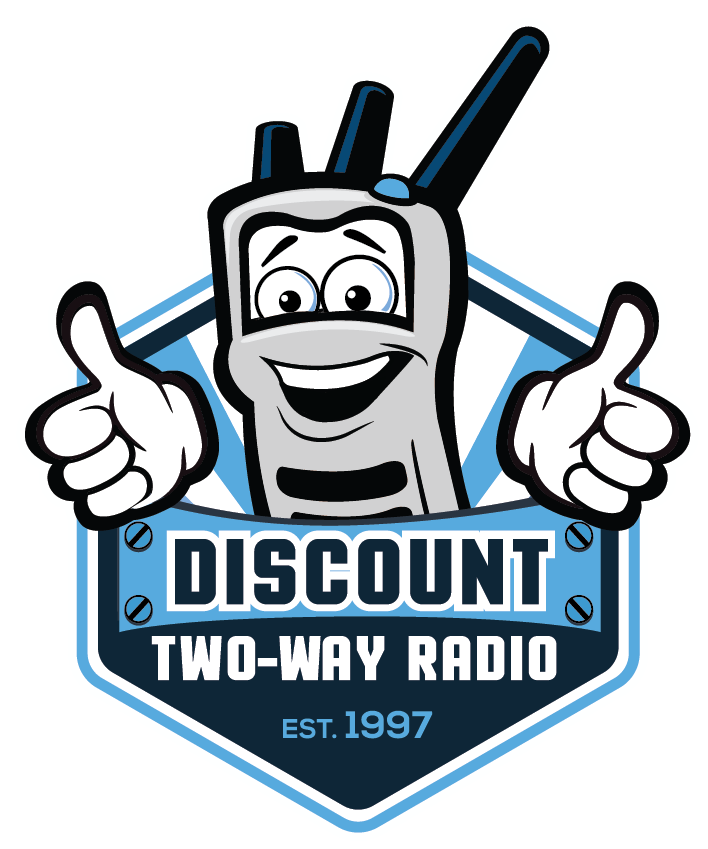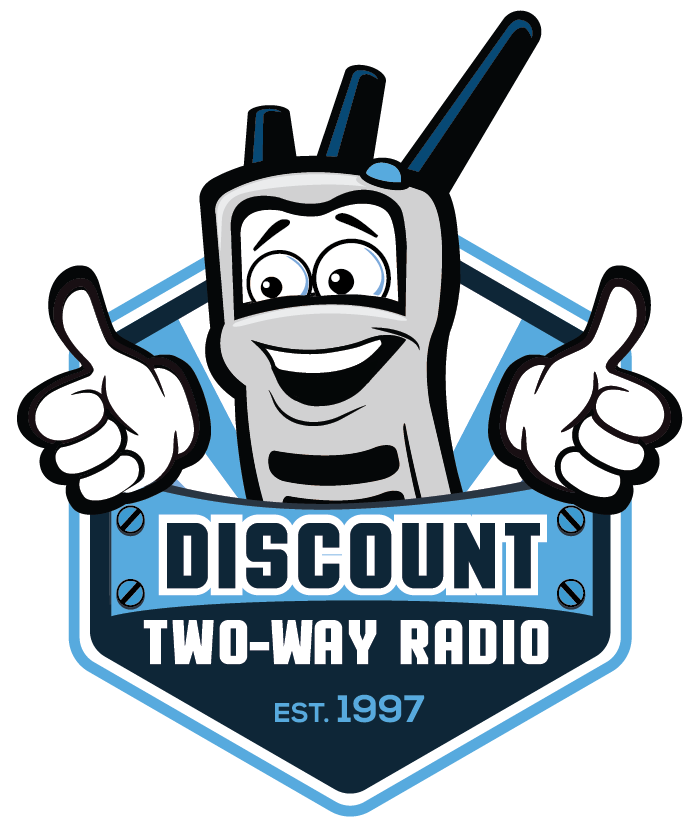
What Jobs Benefit the Most From Mobile Two-Way Radios?
Industrial two-way radios wouldn’t be where they are today if it hadn’t been for mobiles. These used to be the predominant type among radio users until the development of portables (commonly known as handhelds). Does the popularity of portables mean that mobiles’ best days are behind them? Hardly. We’ve even seen demand for them grow this year, in spite of challenges with the supply chain. To explain why they’re still vital, let’s look at how mobile two-way radios differ from the other types of industrial models, and what jobs benefit the most from their use.
Types of Two-Way Radios
Can you already name all of the types of two-way radios that are available today? (Hint: we’re not talking about brands.) While the basic science behind radio communication hasn’t changed substantially over the years, the design of these models certainly has. That’s true whether we’re talking about portables, mobiles, or base stations.
Portable Two-Way Radios
Portable two-way radios are handheld units that are able to transmit and receive. Sometimes they’re referred to as walkie-talkies, although we’d argue that this term can be misleading. Portables are popular with workers who are continuously on the move and need reliable communication. They offer powerful coverage both in- and outdoors, and can be fastened securely to any worker uniforms through the use of high-quality holsters.
Radio Pro Tip: Coupling these units with earpieces allows workers to operate practically hands free!
Because they go where workers go, portables also require industrial chassis to keep them from becoming damaged. That’s why many are designed with military-grade protection, qualify as intrinsically safe, and come with an IP67 rating — dust- and waterproof — so that you don’t have to worry about them becoming a danger to operate.
Some of the best RCA handhelds include the RDR1520 (entry level), RDR2500 (mid tier), and RDR4220 (high tier and intrinsically safe).
Mobile Two-Way Radios
Mobile radios are to vehicles as portables are to people. While the latter fit easily on workers’ belts, the former are designed for installing within vehicles’ center consoles. Like portables, mobiles are transceivers (able to transmit and receive), thanks to external antennas that are mounted to these vehicles. They also operate on more power than handhelds, giving them a wider coverage area for communicating with other drivers as well as users at any fixed locations.
The mobile radio we’d recommend is RCA’s BRM300D. It’s compact, versatile, and boasts 50 watts of power.
Base Stations
Unlike mobiles and portables, base stations are designed to be used from fixed locations. They’re ideal for small, shared workspaces like cubicles, construction trailers, warehouses, or even elevators — anywhere there’s an AC outlet for power.
Because traditional models have a history of running on the bulkier side, RCA has developed an ultracompact alternative, the RDR2750. It’s easy to mount and secure to any desk configuration, as well as other central locations like walls or beams. At five watts, it’s also the most powerful compact base station on the market, offering the same coverage as a portable.
Now that we’ve covered the different types of two-way radios, it’s time to discuss why mobiles are still so popular.
Jobs That Depend on Mobiles
As we would tell any of our customers, it’s not about which radio is “better” than another radio, it’s about which radio is the right fit for your needs. Portables, mobiles, base stations — they’re all excellent choices, as long as they’re being used appropriately.
If you only need one radio for a group of coworkers in a shared office, the base station is the optimal choice. If you often travel by foot across a wide area, you’ll want to bring a handheld. And if you’re driving over that area, you’ll opt for a mobile.
So what jobs depend on mobiles to work well? Although this certainly won’t be an exhaustive list, these radios are used often by industries like K-12 education, colleges and universities, manufacturing, security, hospitality, forestry, and emergency services.
That means they’re particularly relevant to careers like these.
Park Rangers
Did you know that there are 189 million acres of public lands that are overseen by park rangers? Managing them requires the best equipment so that rangers can stay in touch and quickly notify each other for assistance. Mobile radios offer that kind of convenience and are easy to install in any ranger’s truck or SUV.
First Responders, Firefighters, and Police
These local emergency services all rely on uninterrupted communication for immediate dispatch and response. Delivering crystal-clear audio and filtering out background noise are both essential to that process, and can only come from powerful digital transceivers — not smartphones.
Forklift Drivers
You may be surprised to learn that forklift drivers can also benefit from mobile radios. These units allow them to coordinate with other team members when they have a lot of warehouse space to cover and products that need to be moved quickly.
Ready To Order Mobile Two-Way Radios for Your Team?
Whether you already use mobile radios, or you’re just now considering them for your network, we highly recommend purchasing the BRM300D. Along with its durability, sound quality, and performance, this unit will work with any two-way radios you already have, regardless of brand.
Don’t believe us? Learn why RadioSync makes cross-brand functionality possible.
Why RCA?
If this is your first time on our site, you’ve probably noticed how much we promote RCA. This is because we haven’t come across a radio brand yet that can offer the same level of world-class quality at the most affordable prices. Their units easily go toe-to-toe with any competing models on the market, while still costing you 30 percent less. Whether you’d like to get an instant quote, make a purchase, or simply ask a few questions, don’t hesitate to give us a call at 888.299.6340 to talk to one of our award-winning radio specialists.





No Comments